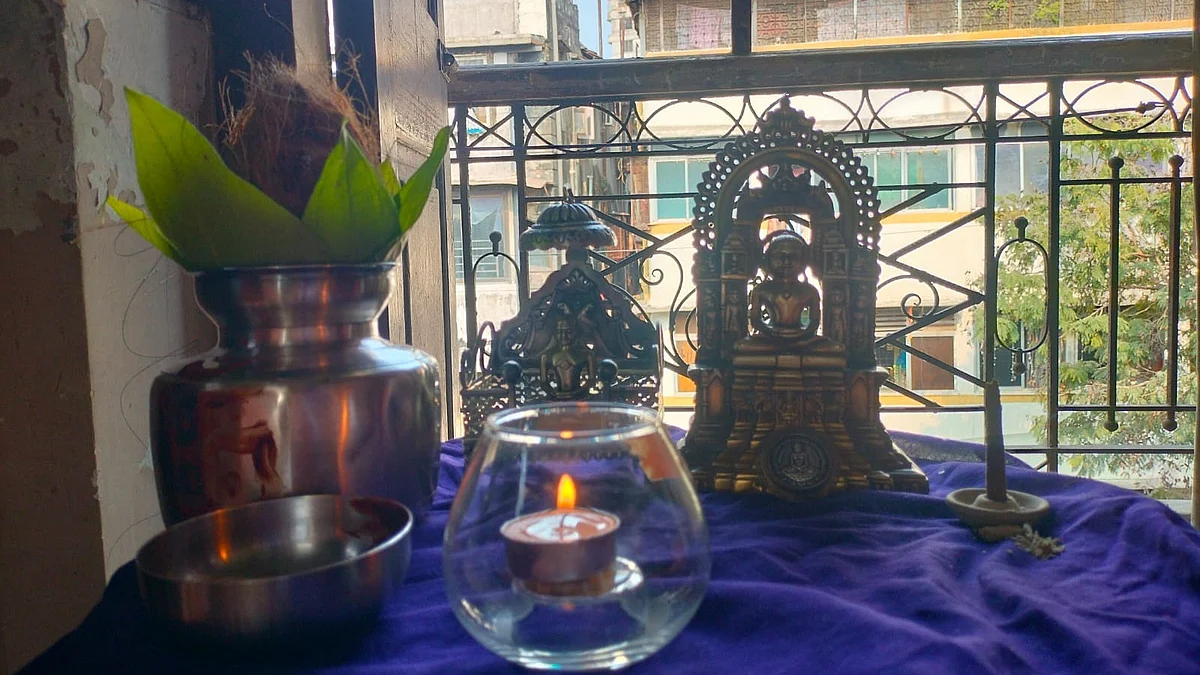The underground Colaba-Bandra-SEEPZ metro rail made its way to the coveted World Tunnel Congress. In fact, of the 365 papers published, only four were from India and two of those four were on Mumbai Metro’s underground line.
The World Tunnel Congress is the ultimate global congregation of engineers specialising in tunnel works. Projects that involve challenging work get the opportunity to be presented to the world.

“Not only were the papers published but also cleared the eligibility criteria to make presentations. Of the 365 papers, only 156 presentations were made at World Tunnel Congress,” Mr. Subodh Kumar Gupta, Director (Projects), Mumbai Metro Rail Corporation Limited.
The gathering happened at Copenhagen, Denmark in September. What is noteworthy is that two of the papers made it, especially after a three year long pandemic break, when the rush is more to showcase one’s project.
Projects from India, France, United Arab Emirates, Netherland, Brazil, Switzerland, United Kingdom, Sweden, United States of America, Italy, Austria, Spain, Australia, Czech Republic, Greece, Turkey, Germany, Japan, Egypt, Norway, Chile, South Korea, Canada, Iran, Thailand, Finland, Singapore and Argentina had representations made during the event.
The 33.5-km fully underground metro line will have 26 stations. The route passes through densely populated Mumbai, where it is practically impossible not to have tunnels passing directly beneath or in proximity of old and dilapidated buildings, heritage buildings, high-rises, flyovers, metro viaducts or a railway line. In several areas, the alignment is very close to the coastline or below the water body – Mithi River.
Among the points that got highlighted was that Mumbai has a lesser road area per million population and a higher population density per square kilometre. Due to unavailability of alternate roads for smooth traffic passage, existing traffic lanes have been laid on steel or concrete decking.
“The position of line-3 underground provides an opportunity to protect Mumbai city without destroying its heritage or negatively impacting the surface environment and at the same time brings opportunities for long-term improvement to the quality of life in urban areas. The completion of the project will mark the arrival of a new world class transport environment to this mega city,” one of the paper’s conclusions reads.











